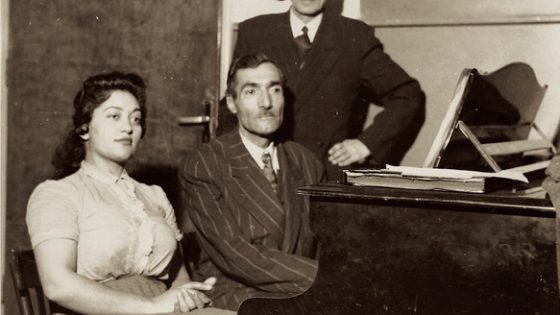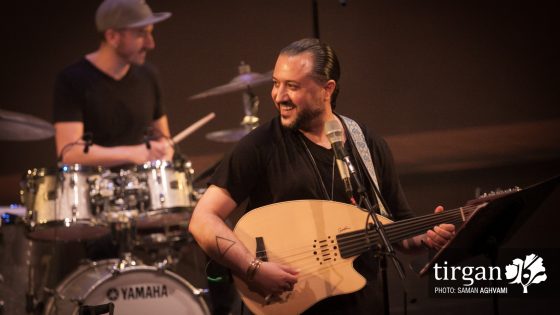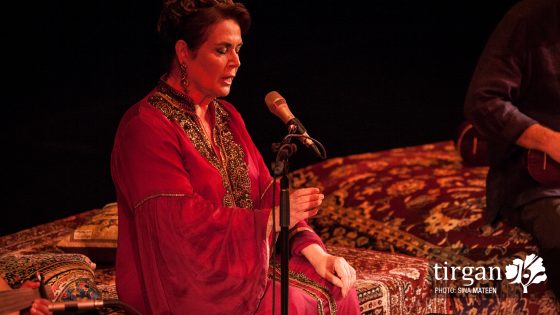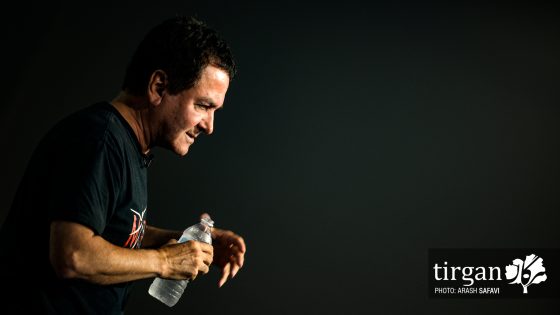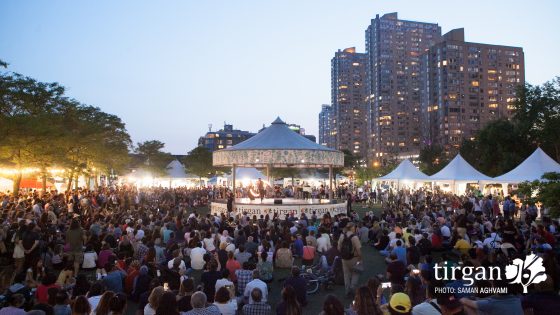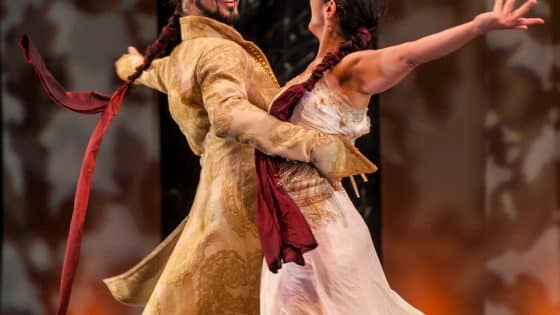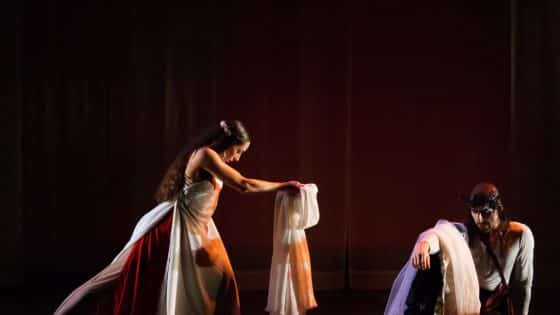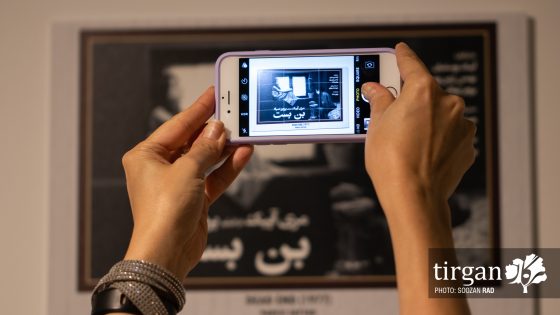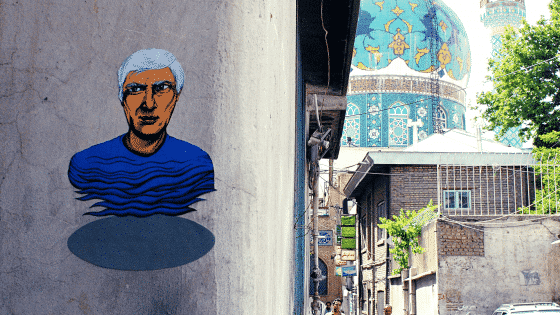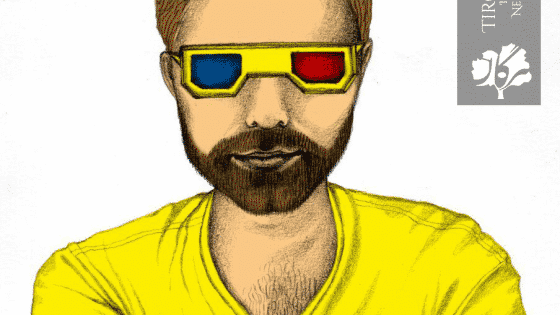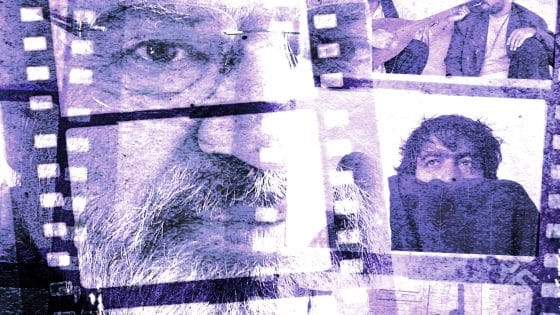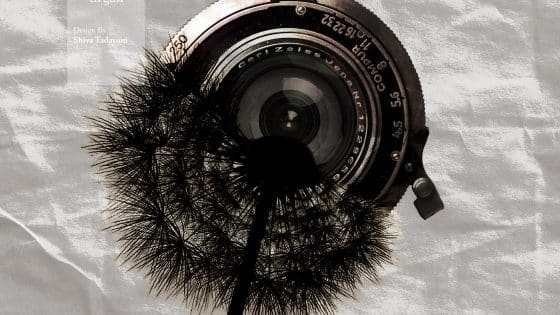Dance is the most ephemeral of the arts. It resides not in books, on canvas, or even in musical scores, but in the human body itself. Like a piece of heritage, it must be passed on from one generation to the next. And if this fragile lineage is broken, the dance is in jeopardy of being lost. This is the challenge facing Iranian women’s’ dance traditions; both in the homeland where public performances are banned, and in diaspora communities where matters of cultural heritage are often informed by the identity politics of life at a distance from the “homeland.”
The Geography of Iranian Dance
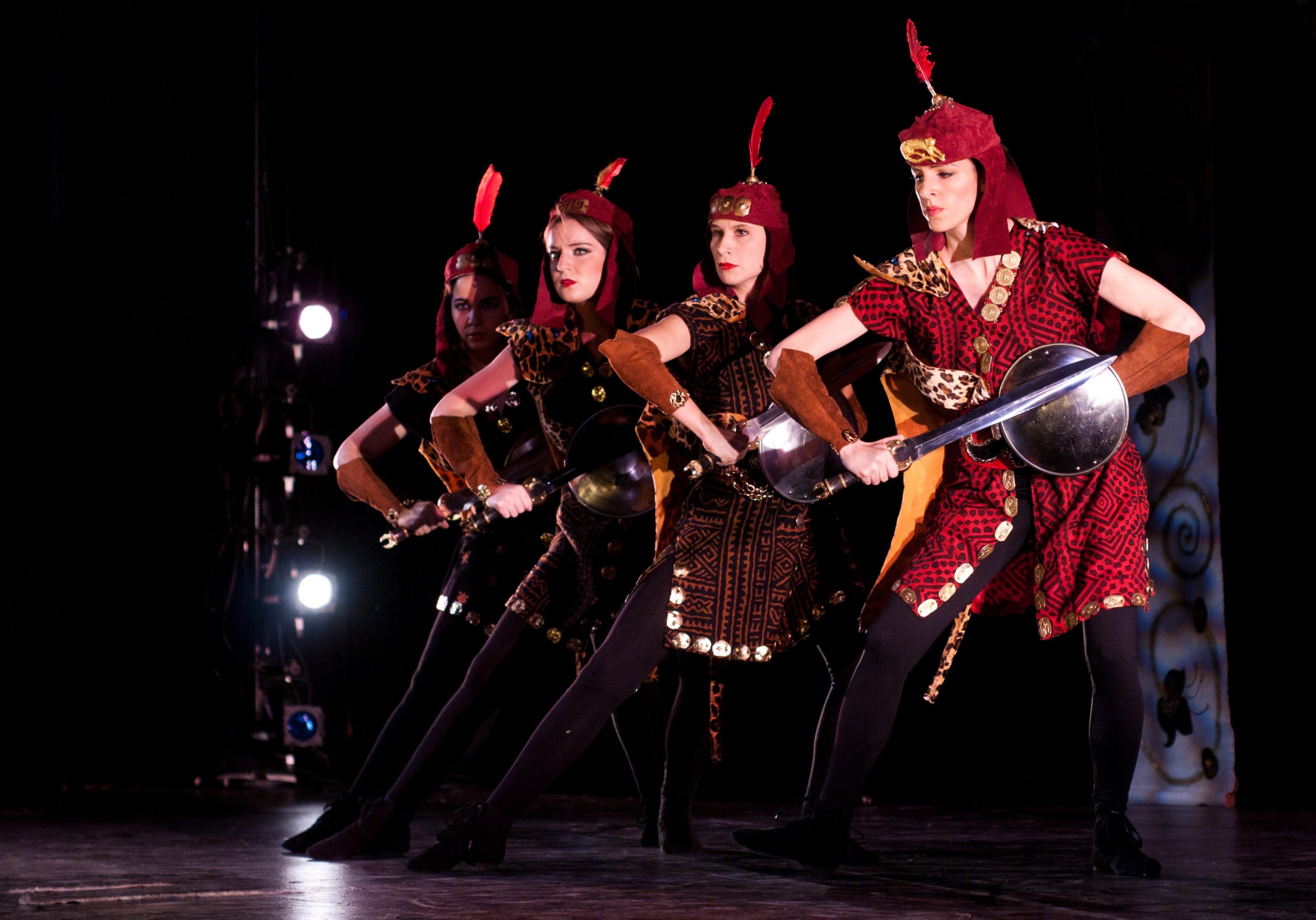
Dance as Cultural Embodiment Middle Eastern dance has been conventionally examined in terms of four broad categories, and while these can be applied to Iranian dances they do not exhaust them. These genres are the “chain” or lines dances; combat or war dances; the religious dances of mystical brotherhoods; and solo improvisational dances. Expanding these categories to include rare couple dances, and extending the genre of religious dances to other ritual and spiritual traditions, results in a more useful approach to analyzing and understanding Iranian dances. Chain or line dances often move in a circle pattern; they are frequently named for regional, tribal or ethnic groups such as Kavkazi, Qashqai, Kurdi, and others.
For ancient agrarian societies, it is thought that circle dances strengthened the sense of communal cooperation needed to offset the anxiety of a tenuous existence, with starvation just one bad harvest away. More than simply entertainment, shared dance rituals were a way to render the unknowable forces of nature more coherent by appeasing their fickle character. War or combat dances are those that imitate fighting and help train the warrior. The shamshir, or sword dance, belongs in this category. The stylized motions of athletic training in the zurkhoneh (“house of strength) also belong in this category. Spiritual dances, such as those of Sufis or dervishes, have been depicted in Persian miniature paintings showing all-male gatherings in various postures of ecstasy. Dressed in everyday attire, the dancers’ sleeves are sometimes pulled over their hands; turbans tumble to the ground, symbolic of a state of abandon. These dances bring to mind mystic poetry of Jalaledin Rumi and the rituals of sama’ and zikr.
Couple dances like naz eleme can be found among the Turkic Azeri population. The man and woman dance in close proximity. The male frames his female partner, showing off his proud carriage and swift footwork, while the woman gracefully, and graciously, flirtatiously deflects his advances. The solo improvisational genre ranges from reconstructions of Persian court dance to contemporary social dance. These dances emphasize charm and beauty, as well as that elusive and hard to define quality of naz. Of all the dance forms, the solo improvisational dance allows women the greatest opportunity for self-expression, historically within the confines of the andaroon (women’s quarters). For these reasons, it is the solo improvisational genre which has historically most suffered from association with immoral behavior.
In the traditional Persian hierarchy of the arts, poetry and calligraphy enjoyed elevated positions while dance ranked at the bottom. For complex historical reasons, public performances of dance carried a stigma in traditional Muslim cultures. The settings for dance—often gendered spaces like coffee houses with all-male audiences—were often linked with immoral behavior, such as drinking, smoking or engaging in “improper” sexual conduct, specifically prostitution. Young boys sometimes took the place of women, wearing women’s clothing and mimicking feminine gestures and dance. These factors linked the dance with shame and sin, making it a disreputable profession. Court patronage during the Safavid and Qajar dynasties offered a more prestigious setting for dance. Characterized as “dainty, subtle, and full of symbolism and meaning,” court dance blossomed.
Scenes of court entertainment, such as the famous paintings at Chehel Souton—the enchanting pavilion in Isfahan—depict dancers performing at banquets, garbed in rich fabrics and jewelry. The fall of the Qajar Dynasty in 1925, broke the continuity of court dance; although in neighboring areas, like the Emirate of Bukhara, the traditions were not lost but passed down through families. When Iran’s historical borderlands of Azerbaijan, Uzbekistan, and Tajikistan became part of the USSR, they benefited from professional dance training built on Western models. Here dance was elevated to a respected art. A similar trend developed under the Pahlavis, with the establishment of the National Ballet of Iran and the National Folklore Society of Iran, as well as the Mahali Dancers who toured internationally with their performances of Iranian folklore.
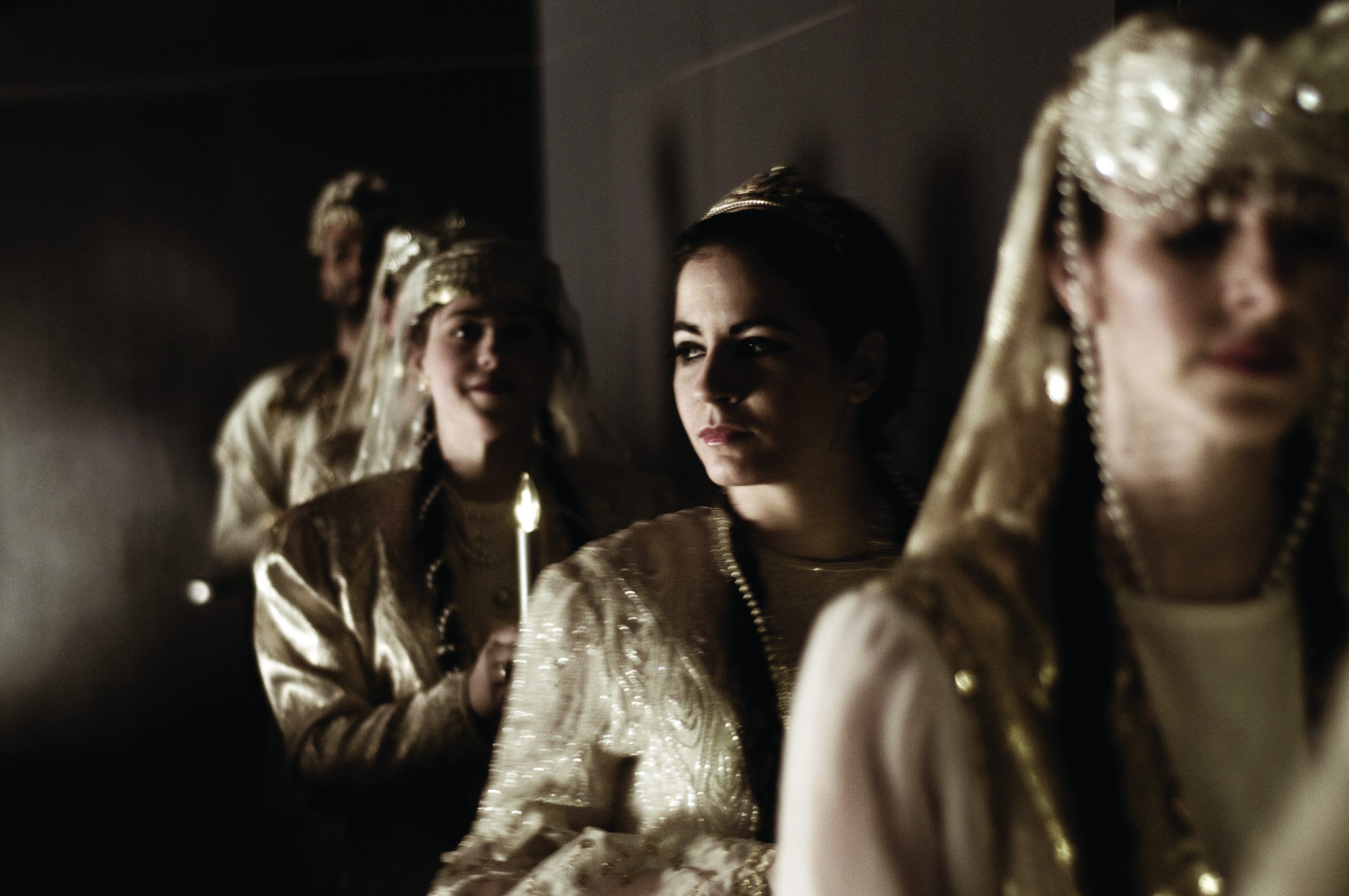
Diaspora Dance Trends The 1979 Islamic Revolution not only brought an end to state support for dance as a profession but for public presentations of dance as well. The continuity of dance for public audiences and its formal dissemination fell to diaspora populations. In Sweden, Nima Kiann created his Les Ballets Persans to revive the endangered repertoire of the National Ballet of Iran. Some other contemporary artists are also experimenting with melding Iranian dance elements and themes with other established and respected art forms like ballet and modern dance to further develop and elevate Iranian dance art.
But in this very blending of genres, “Iranian” dance changes some of its basic characteristics and becomes something new, perhaps better suited for the social worlds beyond the “homeland”. Dance, like all art, can only thrive with the respect and support of the diaspora community. In Los Angeles, Iranian-Americans like Mohammed Khordadian produce performance and teaching videos that enjoy great popularity. Iranian émigré cultural centers and schools often include dance classes for children and youth, helping them develop a sense of national identity in a new homeland. In the past twenty years, a new kind of solo and group dance has emerged, performed almost exclusively by women. Although its teachers and performers call it “Persian Sacred Dance” or “Persian Sufi Dance,” it is typically presented with costumes that imitate the full-skirted tenure of the Turkish Mevlana semazens (the “whirling dervishes” as well as their distinctive “turning” movements). Perhaps the earliest documented instance of this new genre dates from a 1994 concert in California, which combined classical Persian music, mystical poetry and dance elements including participation by members of the Mevlevi Order (a Sufi order founded by followers of the 13th Century Persian poet Rumi). But diaspora performances of Iranian dance can also be uneven, especially when a performer or teacher has no formal dance lineage and no ‘credentials’ beyond ethnicity.
Democratized media outlets like YouTube offer videos that may not have merits as true ethnographic representations but become wildly popular, encouraging imitations. The resulting dances become “a copy of a copy of a copy” and can gain iconographic status. Removed from their original cultural context, dances like Bandari and Baba Karam, have been conflated with Egyptian raqs sharqi, with distinctly Arabic moves and costume elements replacing traditional steps and garments ones. Then there is the question of hair. The hat, veils, and headdresses characteristic of women’s traditional dress, signaling ethnic identity, social class, and marital status often disappear from diaspora performances of Iranian dance. Artists often appear bare-headed with loose tresses and contemporary hairstyles. In some cases, this may simply result from unfamiliarity with traditional folk costuming methods. Or this may be an act of defiance against the “homeland” edict that requires women to cover their hair. Perhaps as a compromise between old and new traditions, some amateur dancers are now wearing veils under their hair. In addition to the efforts of artists living abroad, Iranian dances have been studied, cultivated, and presented by non-Iranians. Some of these individuals have professional training in related dance genres, experience in the theatrical arts, and knowledge of historical and cultural traditions; their ensembles may include “hyphenated” Iranians and non-Iranians alike. These companies are often called upon to represent Iranian heritage at festivals and other cultural celebrations. All dance evolves, responding to changing needs and environments. Trends of urbanization and globalization create an everyday reality far from the rural life or courtly venues of earlier generations. But far from being irrelevant, traditional Iranian dance embodies a legacy of joy, energy, and grace that reaches beyond boundaries of time and nationality to touch new generations, even capturing the hearts of non-Iranians who have never set for foot in the Iranian homeland.


